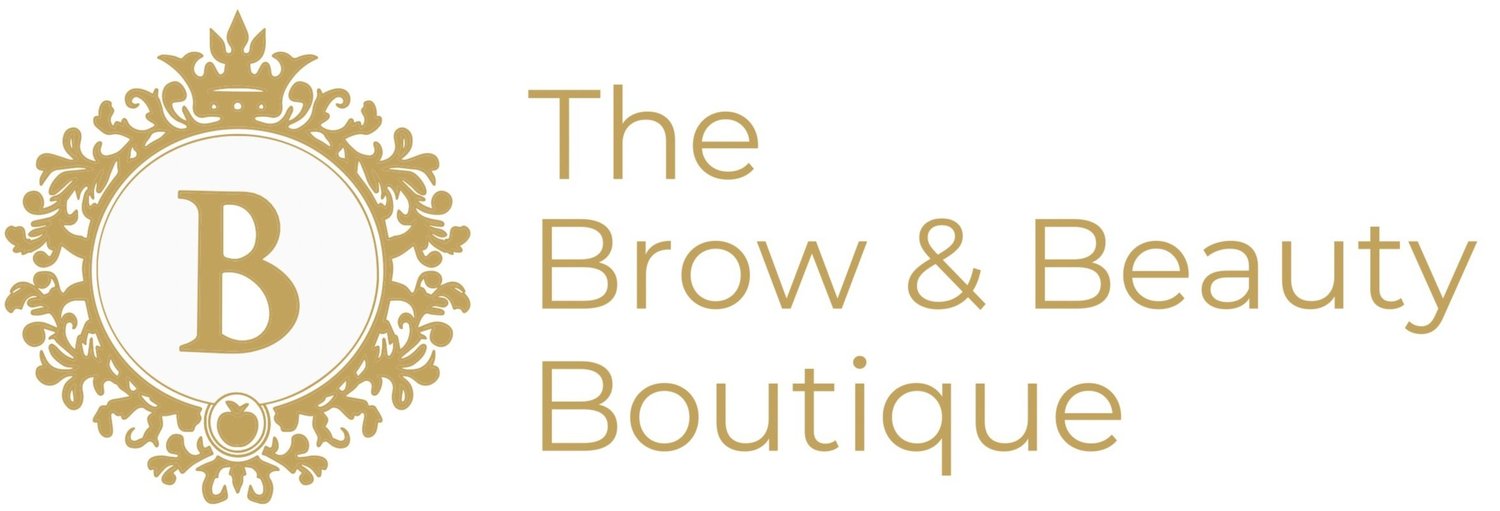Your Texture Might Be Hormonal—Not Habitual: How to Tell, and What Actually Helps
💬 You’re Doing Everything Right—So Why Does Your Texture Still Come Back?
You’ve:
Cut down on actives
Strengthened your barrier
Switched to calm, restorative routines
Stopped over-cleansing
Upgraded your hydration
And still—every few weeks, right on schedule—your skin:
Feels bumpier near the chin
Flares with sudden congestion
Loses glow for no apparent reason
Feels oilier but drier
Or even just feels heavier
If you’ve ever thought, “It’s like my face is on a cycle…” — you’re right.
Because some texture isn’t caused by your routine.
It’s caused by hormonal patterns. And no topical can override those alone.
🧬 What Is Hormonal Texture?
Hormonal texture is skin fluctuation that:
Follows a monthly or cyclical pattern
Appears in the same zones (typically jaw, chin, mouth)
Doesn’t fully respond to skincare
Is often tied to changes in sleep, stress, or digestion
You might not have breakouts.
You might not even “see” much.
But you feel it: thickened skin, unpredictable dryness, sudden oil surges, or dullness that won’t lift.
This isn’t product failure.
It’s internal rhythm expressed through skin.
🌿 6 Signs Your Texture Is More Hormonal Than Habitual
1. Your Texture Comes and Goes Like Clockwork
You can almost predict the week it’s going to flare.
💡 Likely tied to your estrogen/progesterone shift—or your stress cycle mimicking it.
2. Your Jawline and Chin Are Always the First to React
Even if the rest of your face is stable.
💡 These areas are highly sensitive to androgens and cortisol changes.
3. Your Glow Dips Right Before or After Your Period (or Mid-Cycle)
Even without breakouts, your face feels heavier, less buoyant, more “blurred.”
💡 That’s lymph congestion + water imbalance—not dryness.
4. Skincare That Usually Works Starts Feeling Useless or Too Much
Suddenly everything feels wrong—even if it worked last week.
💡 Hormonal skin is chemically different. It metabolizes product differently depending on your cycle.
5. You Feel the Texture More Than You See It
Your skin might look calm—but feel puffy, grainy, or “off.”
💡 That’s micro-swelling. A hormonal response that has nothing to do with your actives.
6. Your Emotional State Matches the Texture Timeline
Anxiety. Sleep disruption. Cravings. Sensory shifts.
And your skin… responds right along with it.
💡 Skin doesn’t lie—it mirrors your inner world.
💡 If You’re Treating Hormonal Texture Like Product Texture, You’re Always Going to Feel Behind
Topicals help—but only when paired with rhythm, touch, and support for internal fluctuation.
💬 You Don’t Need to Outsmart Your Hormones—You Just Need to Stop Fighting Them
Hormonal texture isn’t “bad skin.”
It’s skin that’s responding to a larger cycle.
Trying to correct it with scrubs or actives is like yelling at the tide to stop rising.
Instead of control, we work with rhythm.
Let’s give your skin what it actually needs—based on when it needs it.
🌿 The Skin-Rhythm Plan: Calm Support Through Cycles
✳️ Step 1: Learn Your Personal Texture Map
Track your skin for two full cycles and note:
When texture flares
Where it flares (jaw, cheeks, neck, etc.)
What kind of texture appears (puffiness, grit, breakouts, oiliness)
How your sleep, mood, and stress shift alongside it
💡 You don’t need an app. You need attention. Patterns will appear quickly once you look.
✳️ Step 2: Build a Gentle 4-Phase Routine (Repeat Monthly)
Days 1–5: Support & Calm
Skin feels heavier, water retention increases, emotions fluctuate.
Use soft cleansers and hydrating serums
Massage jaw and chin daily to support lymph
Use sleeping balm or barrier cream at night
📍Recommended: Skin Management for Anti-Aging for light dermal lift + drainage
Days 6–10: Flow & Reset
Skin begins to normalize but may still feel blocked.
Introduce gentle activation (enzyme mask, niacinamide)
Focus on movement—gua sha, fingertip tapping
Stay off harsh exfoliants
📍Clinic support: Lymphatic Bojin Tisheng
Perfect for breaking hormonal stagnation without stressing the skin
Days 11–18: Build & Brighten
Skin is most receptive—this is when to use targeted glow support.
Use light brighteners or glow boosters
Layer hydration intentionally
Consider booking framing treatments to maximize clarity and lift
✨ Framing Enhancers:
Days 19–28: Rest & Buffer
Skin sensitivity rises again, glow fades, emotional spikes may return.
Pull back on actives
Use balm layering and calming sprays
Do nothing if you need to—rest is skincare
💡 This is not failure. It’s recovery. Make space for it.
✳️ Step 3: Zoom Out—Frame Progress in Months, Not Days
Hormonal skin is wave-based.
You won’t see straight-line improvement.
You’ll see:
Lower peaks
Softer flares
Shorter rough patches
More good-skin days (even if they arrive quietly)
This is success.
📋 What to Expect When You Stop Treating and Start Supporting
Month 1:
You stop chasing quick fixes
Texture becomes more predictable
Sleep, food, and mood changes start syncing with skin
Month 2–3:
You build routines based on your skin—not the calendar
Product usage decreases
Massage becomes more effective than exfoliation
Month 4+:
Texture is no longer alarming
Emotional spikes don’t send you into panic
Your skin starts to feel intelligent—not chaotic
❓ FAQ: “Can I Ever Go Back to a Normal Routine?”
“Should I stop using all actives?”
No. But now you’ll use them with timing, not urgency.
Your glow days are still valid—they’re just scheduled.
“What if I’m perimenopausal or irregular?”
The cycle doesn’t need to be exact.
Any body-based rhythm (even stress cycles or sleep cycles) can be used as a glow framework.
“Will this make a real difference?”
Yes—especially if you’ve been “treating” for months with no change.
Hormonal skin doesn’t want control.
It wants consistency, comfort, and context.
📍Explore customer stories to read how others softened their cycles—without burning out their skin.
💗 You’re Not Inconsistent. You’re Rhythmic.
Your texture isn’t stubborn.
It’s cyclical. And it’s waiting for you to listen.




